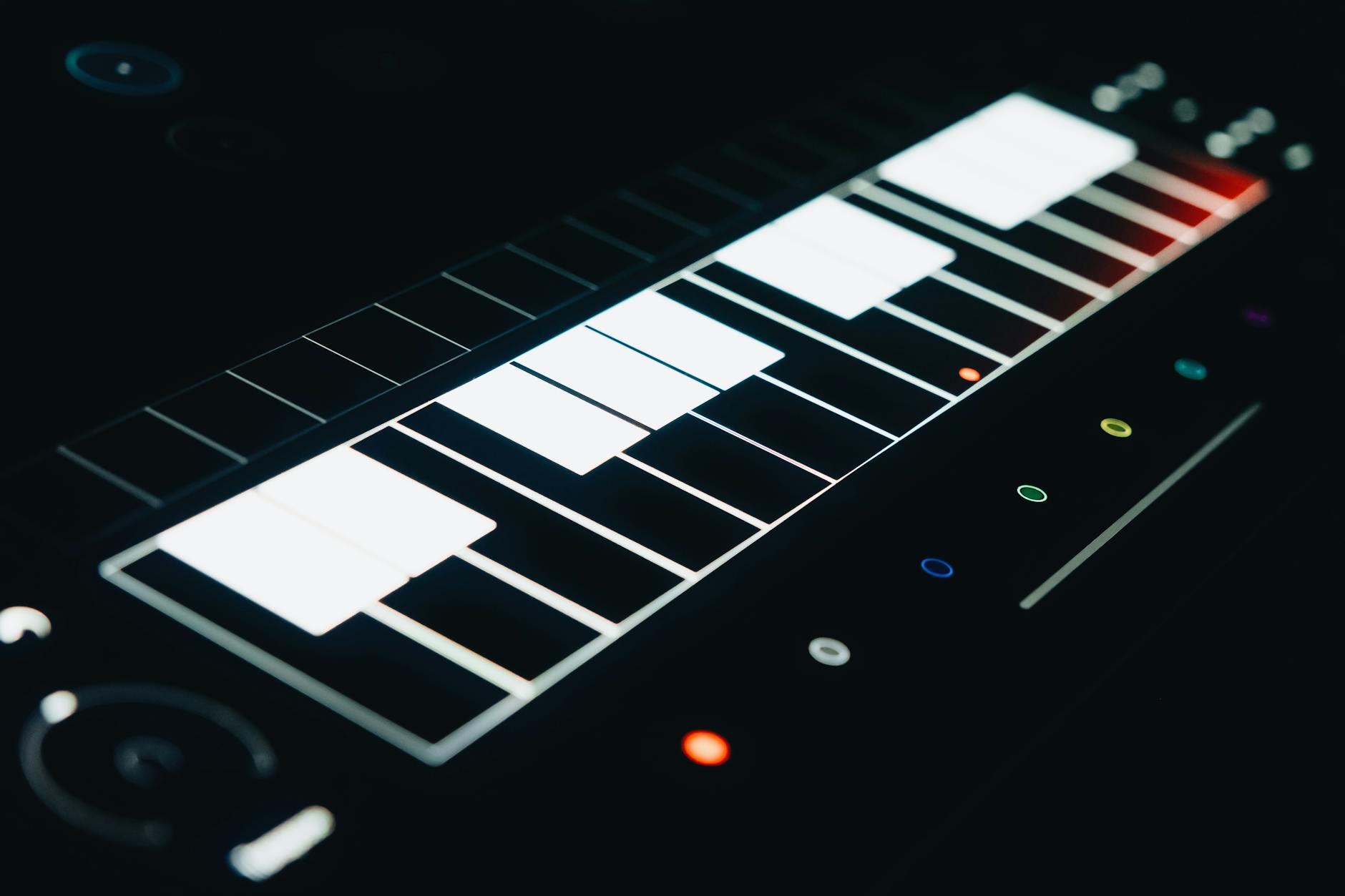Unlocking ‘True Loudness’: How Fred Again.. & Billie Eilish Master Without Crushing Dynamics (Featuring FabFilter Pro-L 3 & iZotope Ozone)
— The Sonic Visionary & A&R Producer —
Beyond the ‘Loudness Wars’: Mastering ‘True Loudness’ Without Sacrificing Soul & Dynamics (A 2025 Deep Dive)
It’s July 19, 2025, and here’s the daily question I get hit with: "My track sounds *loud*, but… lifeless. How do artists like Fred Again.. or Billie Eilish get that impactful, present sound without sounding brickwalled?" Ah, the perennial dance with loudness. You’ve poured hours into your arrangement in Ableton Live or FL Studio, painstakingly mixed, only to smash it against a limiter and lose all the punch. Frustrating, right?
The Big Sound Callout
‘True Loudness’
This isn’t about crushing your waveforms until they’re a flat line. It’s about achieving perceived loudness, that sonic punch and impact that makes a track jump out of Apple AirPods or a club system, all while retaining dynamic range and groove. Think of it as carefully controlled explosive energy, not just a wall of sound.
The LinkTivate ‘Mix Bus Mindset’
Forget the numbers for a second. The pros focus on creating a mix that feels loud and impactful before the mastering stage even begins. This means impeccable gain staging from the source, careful use of compression and saturation on individual channels and buses, and understanding how different frequency ranges contribute to overall impact. If your mix already has the punch, the mastering engineer – or you – just needs to lift it up gracefully. Most amateur mixes require brutal force to achieve loudness because the groundwork isn’t there.
The Nexus Connection
The drive for intelligent loudness isn’t just an artistic choice; it’s a direct response to the ecosystem of modern music consumption. Streaming giants like Spotify (targeting -14 LUFS) and Apple Music (targeting -16 LUFS) employ loudness normalization. This means an overly ‘loud’ track (say, -8 LUFS) will be turned *down* to their target, potentially making it sound less impactful next to a carefully mastered track at their target LUFS. Conversely, a quiet track gets turned *up*, amplifying any noise. This mandate for dynamic but perceived loudness directly fuels innovation and sales for companies like FabFilter (with their transparent Pro-L 3 limiter’s advanced true peak detection) and iZotope (with the integrated mastering solutions of Ozone 11 Advanced). Even hardware emulations from Universal Audio, such as the UAD Manley Vari-Mu, are critical for achieving that elusive ‘analog loudness’ before digital limiting. The goal is now optimization for consistent playback across every device, from pro studio monitors to tiny Bluetooth speakers and those ubiquitous AirPods.
"You don’t need a massive amount of gain reduction if your mix is balanced. Sometimes, just 1-2 dB on the master limiter is enough if the work has been done right. The perceived ‘loudness’ comes from the *mix*, not just the squashing."
— An anonymous yet influential forum comment by a mixing engineer for Disclosure in a 2025 AMA session.
Workbench: Crafting a ‘Dynamic Punch Maximizer’ Master Chain
This isn’t a one-size-fits-all master bus preset. This is a workflow that prioritizes depth and punch before the final limiting.
- The Gentle ‘Pre-Grit’ (Analog Warmth/Saturation): Before any heavy dynamic processing, consider a subtle saturation plugin. Something like
Soundtoys Decapitator(on a low mix setting), or even a stock tube/tape saturation plugin found inAbleton's Drum BussorLogic Pro's Tape Delay, can add harmonics and increase perceived loudness without significantly raising the peak level. Aim for 0.5 to 1.5 dB of subtle saturation. - Surgical Clarity (EQ & Multi-band Compression): Use a transparent EQ like
FabFilter Pro-Q 3to identify and gently carve out resonant frequencies that are hogging headroom, especially in the low-mids. Follow this with a multi-band compressor likeFabFilter Pro-MB. You might want to gently tame aggressive peaks in the 2-5 kHz range (where our ears are most sensitive) and lightly glue the low-end, perhaps using only 1-2 dB of reduction. The goal is control, not destruction. - The Transient Game (Optional/Strategic): For added punch on drums or synths (if not handled pre-mix bus), a transient shaper like
Xfer OTT(used lightly, or on an effect return) or a dedicated transient shaper likeSonnox TransModcan bring elements forward. - The Glue & Lift (Gentle Master Bus Compression): A very subtle compressor, perhaps a vintage emulation like the
UAD SSL G-Series Bus Compressor, or evenKlanghelm DC8C, with a slow attack and fast release, might catch the highest peaks and add a tiny bit of glue to the mix, but keep gain reduction to under 1-2 dB. - The Grand Finale (True Peak Limiting): This is where
FabFilter Pro-L 3oriZotope Ozone's Maximizercomes in. Load it last. Set its output to -1 dB True Peak to prevent inter-sample peaks during streaming codec conversion. Then, slowly bring down the threshold until you’re achieving your target LUFS (e.g., -14 integrated LUFS). Pay attention to the gain reduction meter — if you’re hitting more than 4-6dB consistently, your mix needed more work earlier in the chain. Listen for degradation, not just increased level. - Final Checks: LUFS & True Peak Metering: Always have a dedicated meter like
Youlean Loudness Meter 2or a built-in DAW meter at the *very end* of your chain to verify your integrated LUFS and True Peak levels.
Your Listening Assignment
Head to your preferred streaming platform — Spotify, Apple Music, whatever. Put on Fred Again.. – ‘Delilah (pull me out of this)’ or Billie Eilish – ‘bad guy’. Don’t just listen to the level; pay attention to the *impact*. Notice how the transients (like the kick drum and vocal attacks) feel sharp and forward, yet the mix breathes. These tracks don’t necessarily hit the highest LUFS, but they *feel* incredibly loud due to their dynamic cleverness. That’s the ‘True Loudness’ we’re chasing, folks. Now go make some magic!















Post Comment
You must be logged in to post a comment.